-
Posts
552 -
Joined
-
Last visited
-
Days Won
2
Content Type
Profiles
Forums
Blogs
Gallery
Events
Store
Posts posted by Gunner 1
-
-
Jim: Very good!!! An amazing man. Even after the Japanese arrested him they thought he was working for the Germans. Gunner 1
0 -
Question #51: I was the son of a German mining engineer and grew up in Berlin. As a Corporal in the German Army during World War I, I was severely wounded and won the Iron Cross. After the war I studied at a number of German universities; joined the Nazi party; and worked as an editor with a German news service. Amazingly, with this background my portrait appears on a number of Soviet stamps and one of my opponents once stated, ‘During my entire life, I have never met anyone as great as he was.’
Who am I and what was I great at?
0 -
References for the above answer:
http://www.history.com/this-day-in-history/stalins-body-removed-from-lenins-tomb
http://www.celebritymorgue.com/josef-stalin/
0 -
Who are we: Lenin and Stalin
Sept 1961: During a visit to Lenin's Tomb in Moscow, a woman identified only as L.A. Smirnova broke the protective glass around Vladimir Lenin's sarcophagus, spat on his corpse, and yelled "Take that, you bastard!". The incident was not reported at the time, but found later in a declassified pretrial investigation by the KGB.
Oct 1961: In October 1961, Stalin"s body was removed from public display in Red Square and shunted off to a nearby tomb.
0 -
-
I was afraid that I gave too much information! Gunner 1
0 -
Question 47:
I was an important leader both before and after the Bolshevik revolution. Shortly before my death both Stalin and Mikoyan visited me and within a year after my death during surgery for ulcers all four of my doctors mysteriously died. The name of my hometown was changed to that of my surname, as was an academy, a rifle division, a battleship, and a Moscow metro station. My son was posthumously made a Hero of the Soviet Union during the Great Patriotic War.
1. Who am I?
2. How did I die?
3. What was the original name of the town in which I was born?
4. What was my son’s name?
Someone should get this rather quickly. Regards, Gunner 1
0 -
From Wikipedia (http://en.wikipedia.org/wiki/ORP_Orze%C5%82_%281938%29)
At the beginning of the invasion of Poland Orzeł had been deployed on patrol in a designated strategic zone of the Baltic Sea. Due to the German invasion, Orzeł was unable to return to the Polish naval bases at Hel near the major port city of Gdynia.
Orzel's crew decided to head to Tallinn, Estonia as a result of an unidentified illness from which their Captain Lieutenant-Commander Henryk Kłoczkowski had been suffering since September 8. ORP Orzeł reached Tallinn on 14 September 1939 and on 15 September the Captain was forced to leave the submarine to undergo hospital treatment. Under the Hague Convention of 1907, section XIII, Article 12,[1] "belligerent ships" could enter a neutral port but were forbidden from remaining there for "more than twenty-four hours." At the insistence of Germany, the Estonian military authorities boarded the ship, interned the crew, confiscated all the navigation aids and maps, and commenced removing all her armaments. However, only fifteen or her twenty torpedoes were removed before the hoist cable parted; this was because it had been secretly sabotaged by her new commander, former chief officer Lt.Cdr. Jan Grudzinski VM VM DSO.
The crew of Orzeł conspired together to carry out a daring escape. Around midnight on 18 September, the submarine's Estonian guards were overpowered, the mooring lines were cut, and Orzeł got under way. The alarm was raised, and her conning tower was peppered by machine-gun fire. Running half-submerged, Orzeł ran aground on a bar at the harbour mouth, where artillery fire damaged her wireless equipment. Grudzinski managed to get the boat off the bar by blowing her tanks, and she proceeded out of the Gulf of Finland, intending to sail for a British port, the crew having heard a radio report that the Polish submarine Wilk had been welcomed in Britain.
Orzel escaped from Tallinn with two Estonian guards on board as hostages. The Estonian and German press covering the Orzeł incident declared the two captured guards missing at sea. Captain Grudzinski set them ashore in Sweden, providing them with clothing, money, and food for their safe return to homeland. The Polish crew believed that those returning from the underworld "deserve to travel first class only". The escape of the submarine Orzeł was used by the Soviet Union and Germany to challenge Estonian neutrality.
0 -
The Polish Submarine Orzel. Gunner 1
0 -
Photo 5: German POWs embarking for home at Bjerkvik quay.
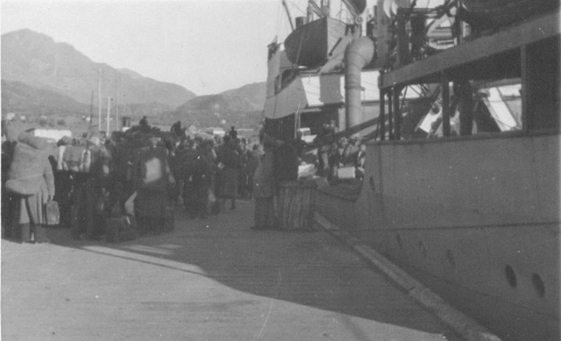 0
0 -
Photo 4: German prisoners entering a hut in preparation for discharge from the camp.
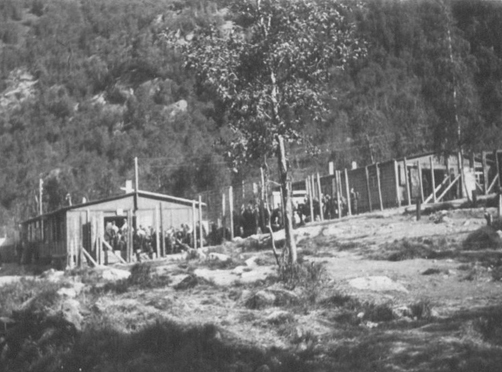 0
0 -
Photo 3: An interior view of Kvitsandoren Camp from a British officer's office. Two German prisoners were walking by his window when he snapped the photo.
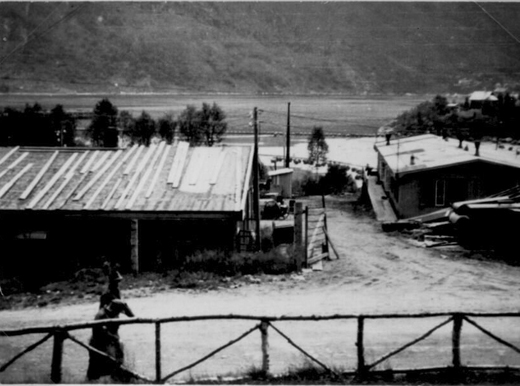 0
0 -
Photo 2: Kvitsandoren Camp.
 0
0 -
At the end of World War II German prisoners of war from the Narvik area were held in a number of POW camps. The photos that follow were taken by a British officer who was at one of these camps at Kvitsandoren. These are five of the 200+ photos in his album from this camp and a second POW camp.
Photo 1: A holding area for newly arrived German POWs.
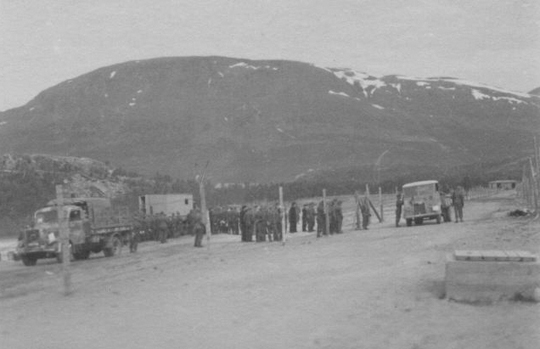 0
0 -
It looks like a Kalashnikov Ak47 and it must have been manufactured in the Soviet Union (Russia) or it would not be part of a question in a Soviet quiz.
http://www.ntechz.com/
Gunner 1
0 -
Harvey: Very good! Your point! Gunner 1
0 -
Question 39: I was a Soviet fighter ace who by fall 1943 had more than ten aerial victories, the Gold Star of a Hero of the Soviet Union (#1117), the Order of Lenin and two Orders of the Red Banner, but I fell from favor and ended the war with a Nazi decoration.
1. What is my full name.
2. How did I fall from favor.
3. What did I do to win the Nazi decoration?
4. Why am I not in the major Soviet references listing those who received the Gold Star of a Hero of the Soviet Union?
Regards, Gunner 1
0 -
Leon Trotsky Lev Davidovich Bronshtein
Prominent Russian Markhist and theorist, founder and first leader of Red Army
He was one of the leaders of the "United Opposition" and disagreed with Stalin over the 'Northern Expedition'
Lived in Buyukada, France, Norway and Mexico
He was killed by NKVD agent Ramon Mercader with an ice axe
His grave is in Coyoacan,
http://en.wikipedia....E2.80.931928.29
Dick Flory
0 -
I have photocopy of the original medal cards for some of the early US campaign medals. Regards, Gunner 1
0 -
Mexican Border Service Medal #19300 was awarded to D. L. Trisker, 28 Camden St., Newark, N.J. on May 10, 1920 Gunner 1
0 -
Harvey: Is correct: Leonid G. Belousov, VVS, KVF (Air Forces of the Red Banner Baltic Fleet). Congratulations, Gunner 1
0 -
I will try to make it easier. His highest award was Hero of the Soviet Union. Gunner 1
0 -
No, he did not kill Panzers. All of his 'kills' were Finnish and German aircraft! Gunner 1
0 -
There hasn't been any action on this question so I think a photo of the subject and another clue would be helpful:
"During the war I was well known on the Leningrad front, but my country did not recognize me as a hero until more than a decade after the war."
Gunner 1
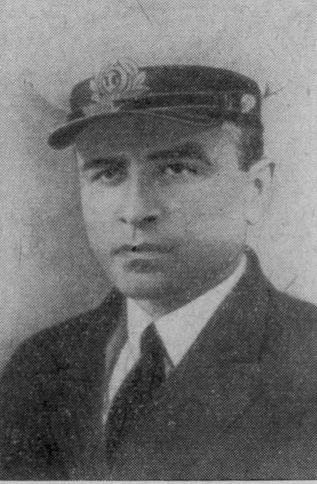 0
0




THE SOVIET QUIZ - 2011 - QUIZ CLOSED
in Russia: Soviet: Other Militaria
Posted
1. The Russian Cruiser Aurora
2. Petrograd (St. Petersburg)
3. It was there for major repair